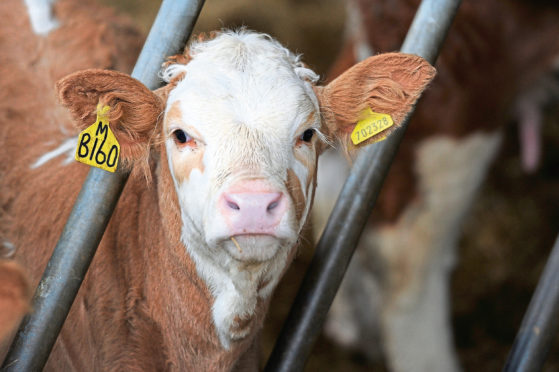Methane produced by burping cows and other livestock is not responsible for increasing global temperatures, according to an expert in air quality.
Frank Mitloehner, professor of animal science at UC Davis in California, said claims that livestock production is causing global warming ignored the true impact of methane on the environment.
And before these claims are allowed to damage the reputation of livestock production for good, there needed to be a serious “rethinking of methane” among policy makers and the public, he said.
Speaking at the Alltech ONE conference in Lexington, Kentucky, Professor Mitloehner said that while livestock was not blameless in the world’s environmental challenges, the impact of the methane they produce had been massively overstated.
“For those who say cows contribute the most greenhouse gas (GHG) emissions, that’s simply not true,” he told delegates.
Controversial data calculations in major reports, including by the United Nations, had deflected focus from what is the real culprit – the use of fossil fuels, particularly linked to transport, he said.
The biggest issue, Prof Mitloehner explained, was the lack of understanding about the methane livestock emit, and how it acts in the environment.
While methane is 28 times more heat-trapping than carbon dioxide (CO2), methane’s lifespan is just 10 years – a fraction of the 1,000-year lifespan of CO2.
After a decade, methane is broken down into CO2, entering a carbon cycle which sees the gas absorbed by plants, converted into cellulose, and eaten by livestock.
To put that into context Professor Mitloehner said that 558 million tonnes of methane was produced globally every year, with 188m tonnes coming from agriculture.
Almost all of that amount – 548m tonnes – was absorbed by plants and soils as part of the “sink effect”.
“This means there is a cycle, and provided we don’t add any additional livestock to the earth, we are not adding methane, which means we are not causing additional warming,” said Prof Mitloehner.
Given that livestock numbers are actually declining — in the US the beef herd has shrunk by a third since 1975 and dairy cow numbers have declined from 25m to 9m — methane from livestock is actually decreasing, Prof Mitloehner added.
“This discussion is the cornerstone of debunking all of this hype around why we should eat less animal-based protein,” he said.
“Never have we had smaller flocks and herds than we do today, but we are producing the same amount of meat.
“The people who are selling plant-based alternatives are using hype, particularly around methane, and they need to stop.”










